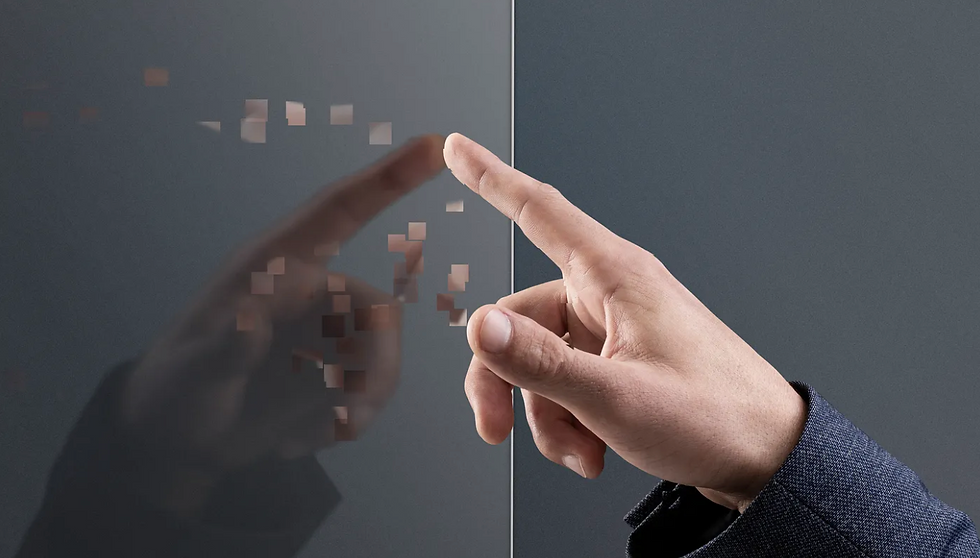User Experience or User Control? The Hidden Agenda of Big Tech Design
- Raby Claire
- Mar 23, 2024
- 2 min read
In the digital age, we’re told that technology is designed for our convenience. But the real question is — are we using technology, or is technology using us?

We are told that today’s technology is designed for us, the users. We are promised convenience, personalization, and seamless experiences. And on the surface, it often feels true: our phones anticipate our habits, our feeds refresh endlessly, our apps glow with polished simplicity. But the question worth asking is: who is really in control?
From the beginning, digital design has been a balancing act between user needs and business needs. In the early web, freedom came first — open standards, messy layouts, and raw experimentation. Then Apple’s iPhone arrived in 2007, offering a walled garden. Apps became safe, beautiful, and controlled. The trade-off was clear: elegance in exchange for less freedom. Today, that same logic underpins most of our technology, except the walls are higher and the doors are harder to see.
Endless scroll is a perfect example. Facebook, TikTok, and Instagram make content effortless: no buttons, no pauses, just an infinite stream. But the design is not about efficiency; it is about keeping us hooked. YouTube’s autoplay works the same way. Netflix nudges us into “just one more” with its countdown timer. Even Apple, long a champion of user-first rhetoric, offers Screen Time as a way to manage usage — yet the default settings are so gentle that few people actually stop.
Or look at Google’s cookie consent banners. The bright “Accept All” button is one tap away, while rejecting cookies is buried under multiple steps. Technically, you have a choice. Practically, the design ensures that most people surrender their data. These aren’t accidents. They’re deliberate choices that place corporate goals above human ones.
This is the hidden agenda of modern design. It creates the appearance of control while subtly steering us toward what benefits the platform. We are free to act, yes — but only within carefully shaped boundaries. The interface smiles and reassures, while the system quietly takes what it came for: our time, our attention, our information.
Real user experience should mean something else. It should mean transparency, clarity, and respect. Technology should help us achieve our goals, not disguise the company’s goals as our own. If design is about trust — and it always has been — then big tech is gambling with the very currency that keeps people loyal.
The danger is not that technology manipulates us — that has always been true, in advertising, in media, in politics. The danger is that the manipulation now feels so smooth, so seamless, that we hardly notice it. The better the experience looks, the less control we may actually have. And that is a problem not just for designers to fix, but for all of us to recognize.


